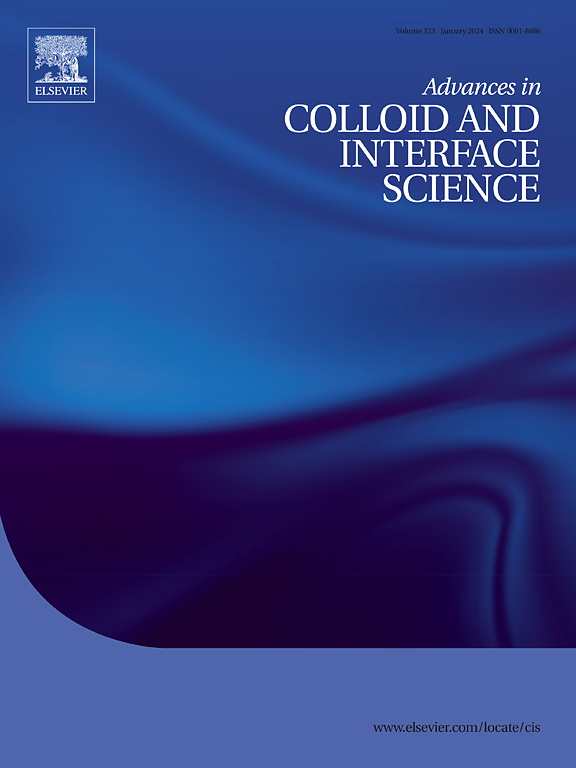纳米建筑学中的机器学习
IF 19.3
1区 化学
Q1 CHEMISTRY, PHYSICAL
引用次数: 0
摘要
纳米建筑学和机器学习之间的联系在历史上和主题上都是强大而深刻的,也许不那么明显,甚至很难很快注意到。从古代到中世纪再到现代数字世界,数学在许多领域发挥了重要作用并产生了影响,包括现在出现的纳米科学和纳米建筑学。在这篇综述中,我们分析了人工智能、机器学习和深度学习在纳米建筑学中的发现、预测、优化、表征和成像。虽然强调了三个更一般的部分:(1)原子和分子科学;(2)胶体和纳米膜纳米技术;(3)微观和宏观技术,机器学习在胶体和纳米膜纳米技术中的应用(2)是特别相关和重要的,因为纳米制造的结构并不符合预计的纳米设计。在机器学习中,可解释人工智能(XAI)正在成为一个重要的领域,帮助人类理解机器为什么会做出这样的决定——在这里,它是通过分析可解释性、时间、准确性、参数(ITAP)矩阵来仔细检查的。最后,将材料设计和制造的优化与自主合成联系起来,并从结论的角度进行讨论,提供了这些领域之间的总结和内在联系。本文章由计算机程序翻译,如有差异,请以英文原文为准。

Machine Learning in nanoarchitectonics
Perhaps no so visible and even difficult to notice at a quick glance, the links between nanoarchitectonics and machine learning are strong and profound both historically and thematically. From ancient times through middle-ages to modern digital world, mathematics has played an important role and made an impact on many areas, including what has emerged now as nanoscience and nanoarchitectonics. In this review, we analyze artificial intelligence, machine learning and deep learning for discovery, prediction, optimization, characterization and imaging in nanoarchitectonics. Although three more general parts are highlighted: (1) atomic and molecular sciences; (2) nanotechnology for colloids and nanofilms; (3) micro- and macro- technologies, application of machine learning in nanotechnology for colloids and nanofilms (2) is particularly relevant and important, because nanofabricated structures do not coincide with projected nano-designs. In machine learning, eXplainable Artificial Intelligence (XAI) is becoming an important area helping humans to understand why a machine would make such a decision – here, it is scrutinized through analyzing interpretability, time, accuracy, parameters (ITAP) matrix. Eventually, optimization of materials design and fabrication is linked with autonomous synthesis which is discussed in perspectives finalized with conclusions, which provides the summary and inherent links between these fields.
求助全文
通过发布文献求助,成功后即可免费获取论文全文。
去求助
来源期刊
CiteScore
28.50
自引率
2.60%
发文量
175
审稿时长
31 days
期刊介绍:
"Advances in Colloid and Interface Science" is an international journal that focuses on experimental and theoretical developments in interfacial and colloidal phenomena. The journal covers a wide range of disciplines including biology, chemistry, physics, and technology.
The journal accepts review articles on any topic within the scope of colloid and interface science. These articles should provide an in-depth analysis of the subject matter, offering a critical review of the current state of the field. The author's informed opinion on the topic should also be included. The manuscript should compare and contrast ideas found in the reviewed literature and address the limitations of these ideas.
Typically, the articles published in this journal are written by recognized experts in the field.

 求助内容:
求助内容: 应助结果提醒方式:
应助结果提醒方式:


